
Synthetic Dyes Are Out: Skittles, M&M’s, and More Go Natural by 2026
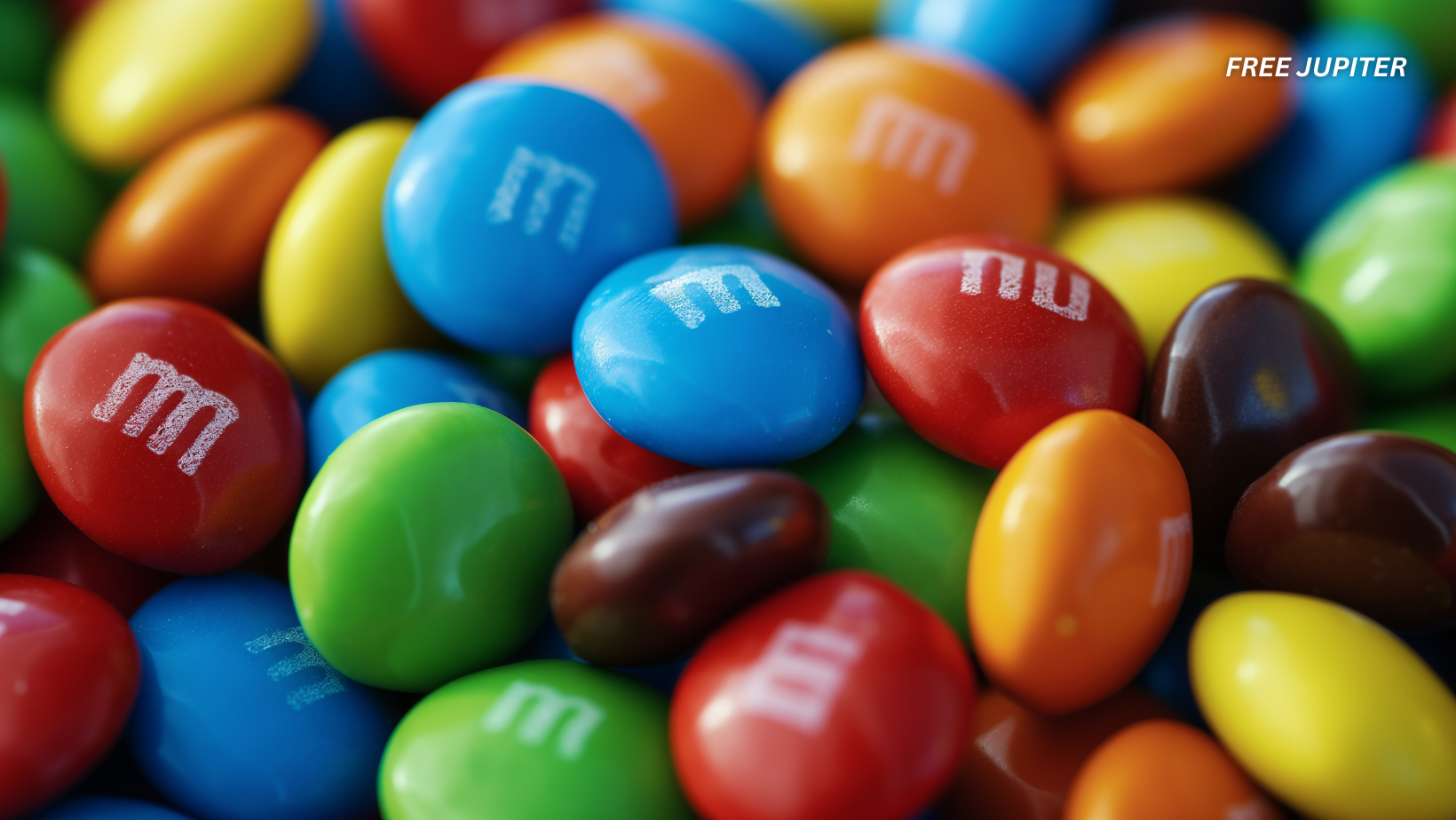
For decades, candy has delighted not only our taste buds but also our eyes. The vibrant rainbow of Skittles, the shiny shells of M&M’s, the glossy wraps of Starburst—all have long leaned on synthetic food dyes to achieve their iconic, eye-catching appearance. But change is on the horizon.
Beginning in 2026, Mars Wrigley—the confectionery giant behind some of the world’s most beloved sweets—will start phasing out artificial food dyes from select products in the U.S. This major move signals a wider transformation happening across the food industry: a growing rejection of artificial ingredients in favor of natural, plant-based alternatives.
The first products slated for this reformulation include M&M’s Chocolate, Skittles Original, Extra Gum Spearmint, and Starburst Original fruit chews. These changes won’t stop there; the company aims to gradually roll out dye-free formulas across a broader range of its offerings.
Why Are Artificial Dyes Under Scrutiny?
Artificial food dyes—known as FD&C colors (named for the Food, Drug, and Cosmetic Act)—have been in the U.S. food supply for more than 100 years. Derived primarily from petroleum, these dyes are prized for their vivid hues and long shelf life, characteristics that natural ingredients can struggle to match.
Think of the fire-engine red in a strawberry candy or the neon green of a sour gummy—those colors typically come from synthetic sources like Red 40, Yellow 5, or Blue 1, not from fruit or vegetable extracts.
Although the FDA has approved these dyes for consumption in controlled amounts, concerns have mounted. Some studies have raised questions about potential links between synthetic dyes and behavioral issues in children, including hyperactivity, though the scientific consensus remains divided. Consumer advocacy groups continue to ask: If natural, safer options are available, why stick with chemical-based dyes at all?
That sentiment has gained traction in both households and boardrooms, pushing companies to reevaluate what goes into their products.
The Clean Label Movement: Driven by Consumers
Today’s consumers are more informed—and more cautious—about what they eat. Walk down any grocery store aisle and you’ll find labels touting “no artificial colors,” “non-GMO,” or “made with natural ingredients.” Once confined to niche organic markets, this clean-label movement has gone fully mainstream.
Parents, especially, are demanding more transparency and fewer synthetic additives in the foods they give their children. For a global brand like Mars Wrigley, adapting to these preferences isn’t just good PR—it’s essential for staying relevant in a competitive market.
According to Anton Vincent, President of Mars Wrigley North America, the company is taking a “consumer-focused and science-led” approach. That strategy balances three core priorities:
-
Consumer demand for clean, natural ingredients
-
Scientific validation of safety and performance
-
Operational feasibility for large-scale manufacturing
It’s not simply a matter of swapping out one dye for another—it’s a complex process involving years of testing to ensure the final product maintains the same flavor, texture, and visual appeal while meeting updated health and safety standards.
A Growing Industry Trend
Mars Wrigley isn’t alone in this shift. Over the past few years, many major food brands have begun moving away from synthetic additives in response to both consumer demand and regulatory momentum.
In June 2025, food giants Kraft Heinz and General Mills announced plans to remove artificial dyes from select product lines within the next two years. Other companies following suit include:
-
Nestlé USA
-
PepsiCo
-
ConAgra Brands
-
McCormick & Company
-
The Hershey Company
-
J.M. Smucker
This coordinated pivot isn’t just about image—it reflects a belief that the future of food is natural, and the pressure to innovate is coming from all sides.
The Regulatory Push for Natural Alternatives
The U.S. government is also stepping up its oversight. Health and Human Services Secretary Robert F. Kennedy Jr., under his “Make America Healthy Again” initiative, has called for stricter regulations on synthetic dyes and supports a full phase-out in favor of safer alternatives.
“For too long, our food system has relied on synthetic, petroleum-based dyes that offer no nutritional value and pose unnecessary health risks,” Kennedy said. “We’re removing these dyes and approving safe, natural alternatives—to protect families and support healthier choices.”
Meanwhile, the FDA has recently approved three new natural color additives, expanding the palette for food producers looking to make the switch. At the state level, several legislatures have already passed bills banning synthetic dyes in school lunches, showing that the movement is being driven from both federal and local levels.
Why Replacing Artificial Colors Isn’t So Easy
At first glance, switching from artificial to natural dyes might seem simple. But for large-scale candy production, the process is anything but.
Natural colors come from sources like beets, spirulina, turmeric, purple carrots, and paprika. While these are safer and more sustainable, they’re also more sensitive to environmental factors like heat, light, and pH.
For example:
-
Beet-based reds can fade over time
-
Turmeric yellow might shift toward orange at high temperatures
-
Spirulina blue can appear dull under certain lighting conditions
This means manufacturers must re-engineer recipes to maintain color vibrancy, shelf stability, and the same sensory experience consumers expect.
Behind the scenes, scientists and food engineers are conducting years of trials to tweak formulas, packaging, and processing methods—ensuring that Skittles still “pop,” M&M’s still shine, and your gum keeps its signature green hue.
The Long, Colorful History of Food Dyes
Artificial food dyes first gained popularity in the late 1800s, initially derived from coal tar, and later from petroleum. By the 1950s, they had become a staple in everything from sodas and cereals to cookies and confections.
However, their history is dotted with controversy. Many synthetic dyes were later banned after being linked to potential health risks. Red No. 3, once common in foods and cosmetics, was partially banned in the 1990s following studies that linked it to thyroid tumors in lab animals.
In that context, today’s move toward natural dyes represents the latest phase of an ongoing evolution—this time informed by modern science, stronger regulations, and shifting public attitudes.
What Will This Mean for Candy Lovers?
For most consumers, the change might be barely noticeable—and that’s the goal.
Mars Wrigley has committed to keeping the taste, texture, and visual appeal of its candy consistent. Most people opening a bag of Skittles or M&M’s in 2026 likely won’t realize anything has changed at all—unless they’re reading the ingredient list.
That said, some minor visual differences might emerge. Expect colors to appear slightly softer or more earth-toned—like a muted lemon instead of fluorescent yellow. But for many shoppers, that’s a worthwhile trade-off for greater ingredient transparency and fewer synthetic chemicals.
A New Era of Candy, Colored by Nature
Mars Wrigley’s decision to phase out artificial dyes may seem small in the grand scheme of global food policy. Yet it marks a significant cultural shift—one that prioritizes health, transparency, and environmental awareness alongside fun and flavor.
For candy fans, this means the rainbow you taste might soon come from beets, berries, and turmeric rather than test tubes and oil refineries. And while it may take time to perfect, the future of candy could be just as colorful—only now, painted by nature itself.
News in the same category


How to fall back asleep fast in the middle of the night (especially as you age)

Gout Patients Face Elevated Risk for Chronic Opioid Exposure

Booze, Bubbles, and Blood Sugar Trouble
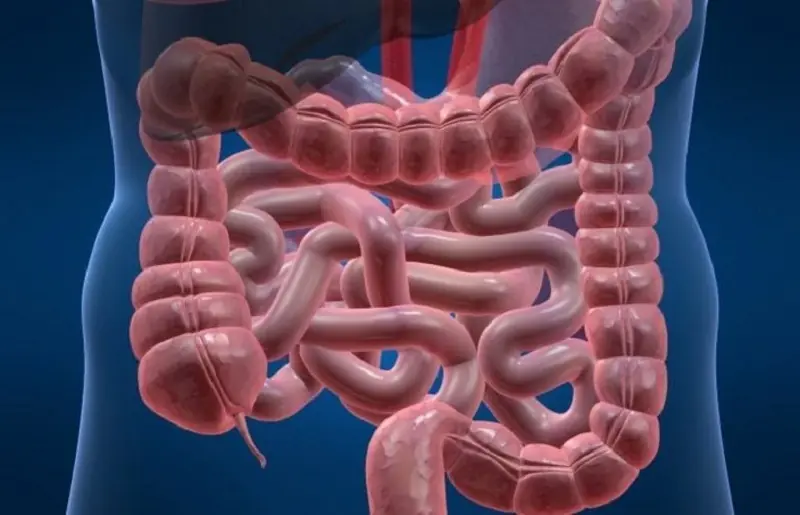
If You Have Colon Polyps, These 4 Signs While Using the Toilet May Appear – See a Doctor Before It’s Too Late

From age 65, how often should you shower (and why over-washing can be harmful to your health)

What’s the Secret to Becoming a Super-Ager?
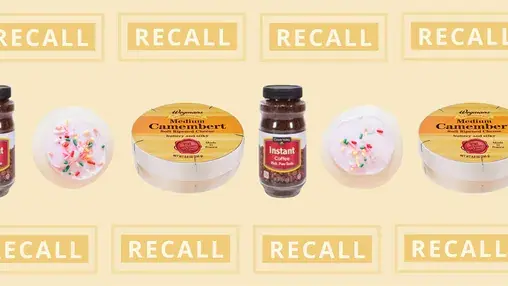
Coffee, Cookies, and Cheese Recalled From Major Retailers in Multiple States

H. Pylori Fears These 5 Foods the Most — Eat Them to Protect Your Stomach

Woman Unveils 5 Colon Cancer Symptoms You Must Never Ignore
Colon cancer is often called the “silent disease” because its warning signs are easy to dismiss. One Texas mother, Radwah Oda, is now sharing her painful journey in hopes of saving others from making the same mistake.

The Silent Killer" That Causes Brain Shrinkage — Yet Parents Still Feed It to Their Children Daily

Mother and Child D:ie From Liver Cancer — Doctors Reveal 3 Ingredients That Should Never Go Into Porridge
The story of the mother and child stands as a haunting reminder that the smallest choices in the kitchen can carry lifelong consequences.
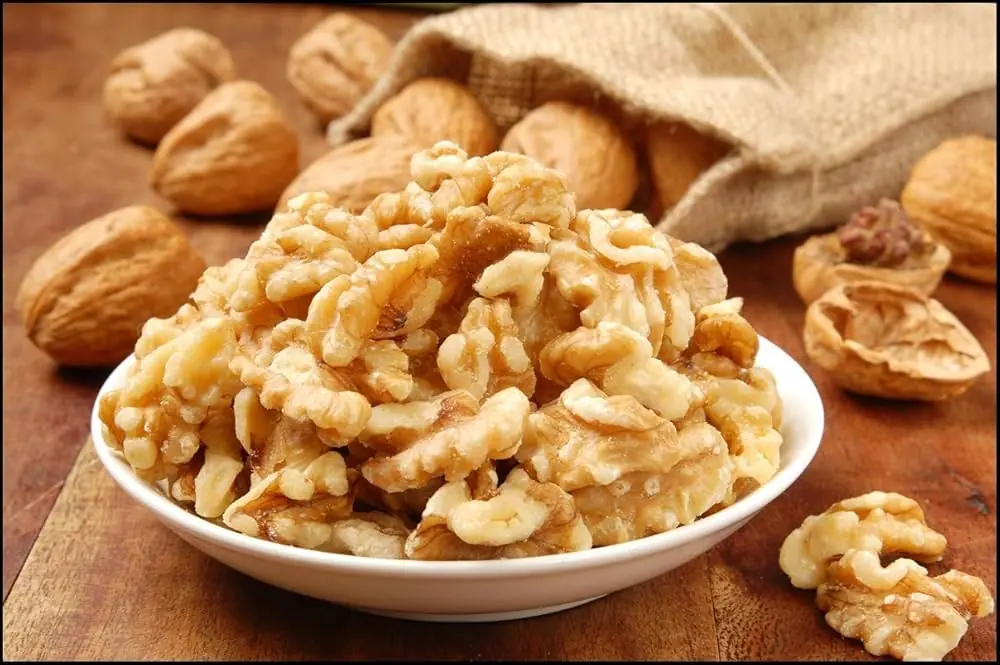
Proven Health Benefits of Walnuts, How Many to Eat, and More (Science Based)

The Most Dangerous Foods: Unpacking the Risks of Processed Meat
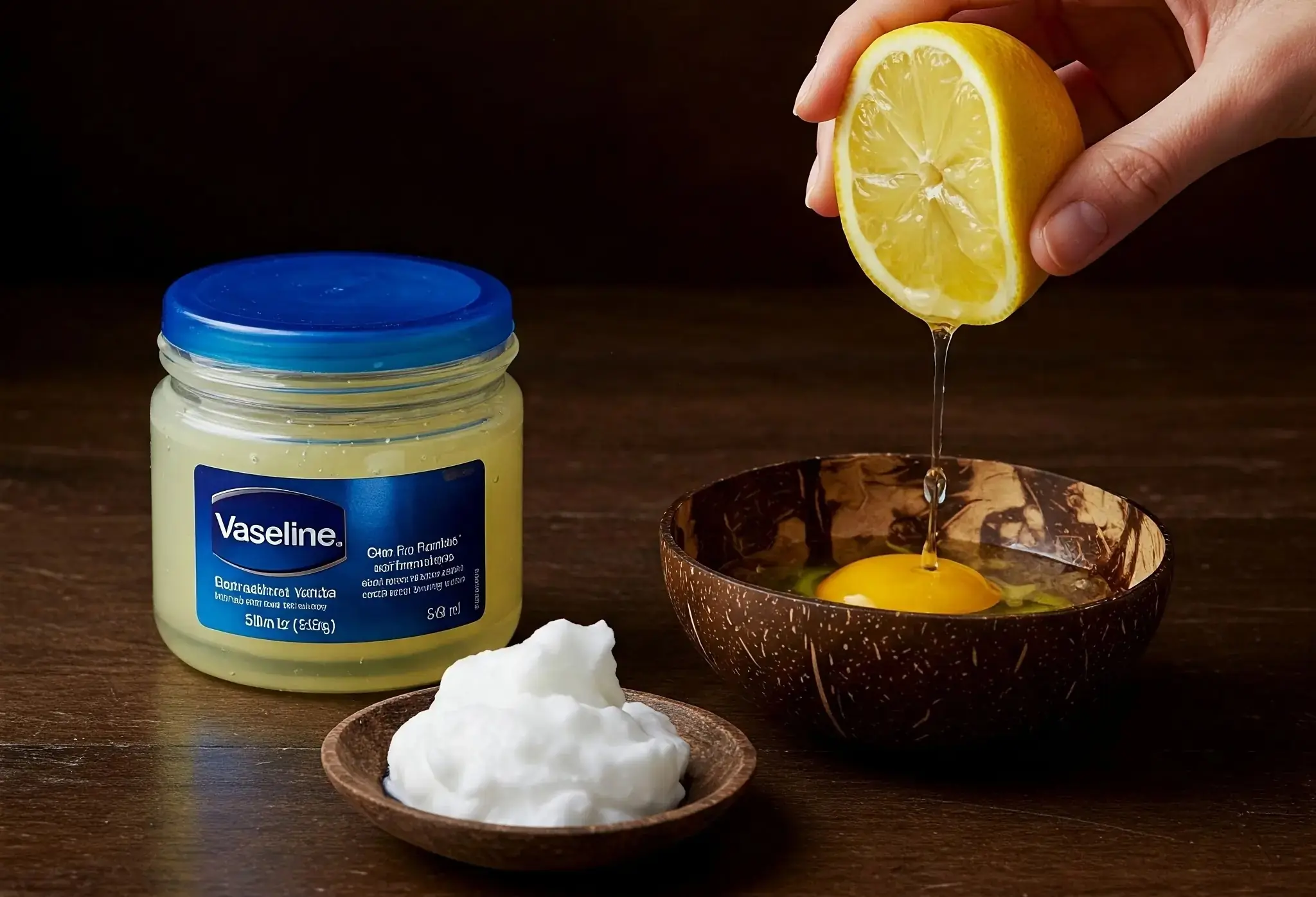
Vaseline and Egg White Face Mask: The Ultimate Anti-Aging Remedy to Look 10 Years Younger
Whether you’re looking to reduce wrinkles, lighten dark spots, or prevent acne, this mask offers a wide range of benefits that will transform your skin.

15 Honest Phrases You’ll Never Hear From a True Narcissist

Three-Day Lymphatic Cleanse To Keep You Healthy All Year Long
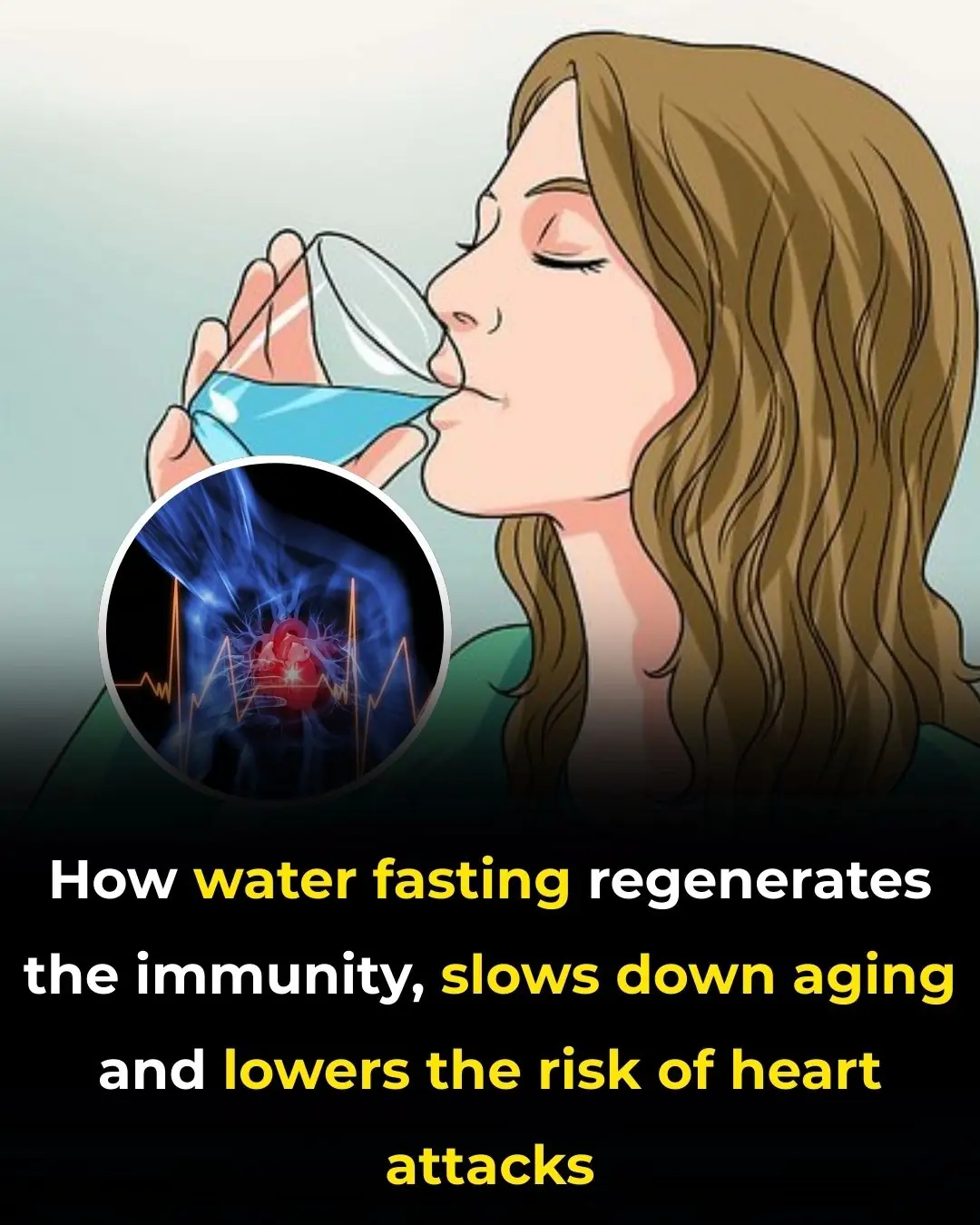
How Water Fasting Can Have Many Benefits
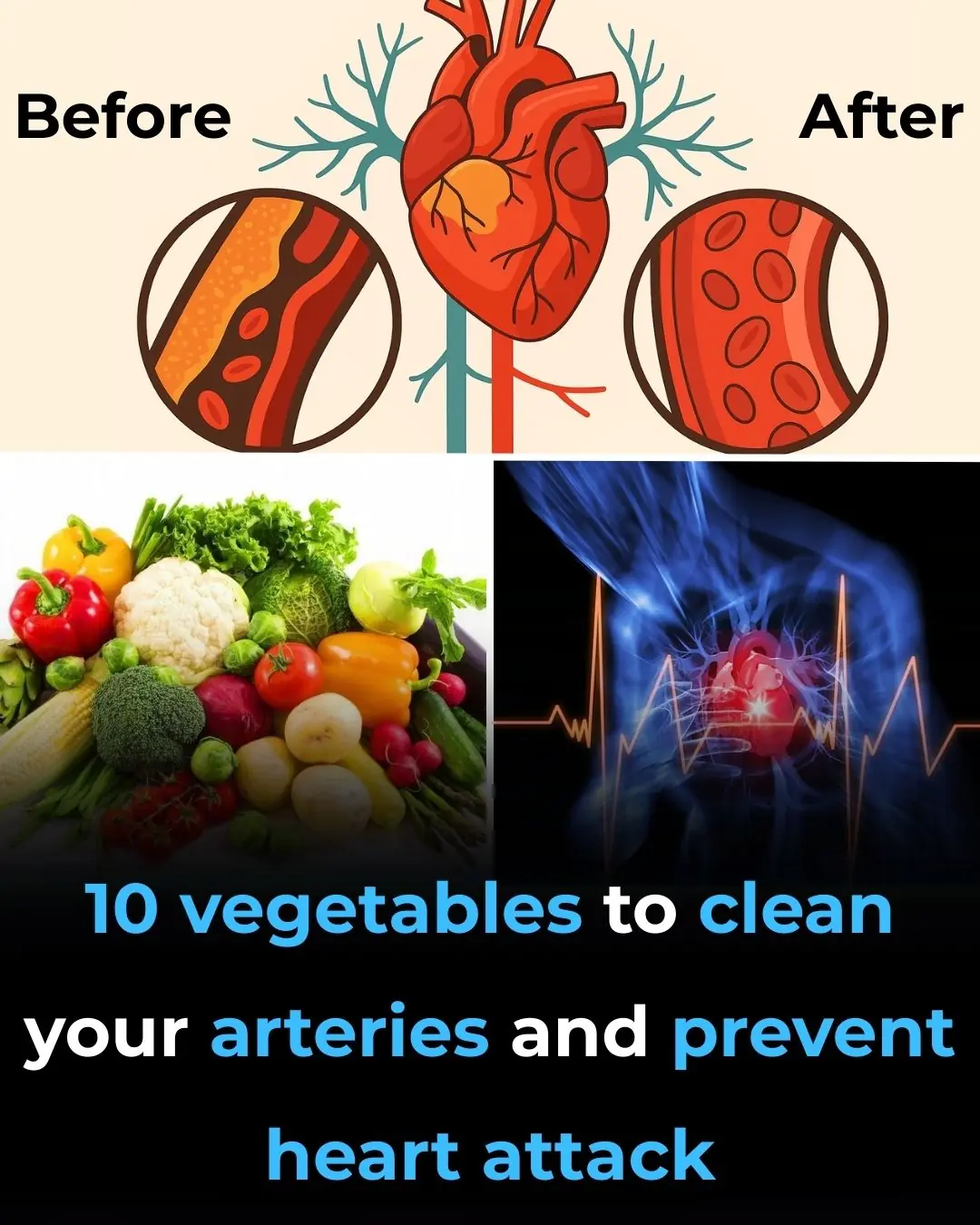
Vegetables To Clean Your Arteries And Prevent Heart Attack
News Post

NASA crew begins gruelling training for monumental mission that's not been done in 50 years

User 'terrified' after AI has total meltdown over simple mistake before repeating 'I am a disgrace' 86 times

Holy basil shown to cut stress hormone cortisol by 36% in 40 minutes

How to fall back asleep fast in the middle of the night (especially as you age)

Gout Patients Face Elevated Risk for Chronic Opioid Exposure

Booze, Bubbles, and Blood Sugar Trouble

$1M Plastic Surgery TV Star’s Transformation

My Wife Had a Baby with Dark Skin – The Truth That Changed Everything

lacing these 3 things on top of the fridge will cause wealth to disappear, no matter how much you have.
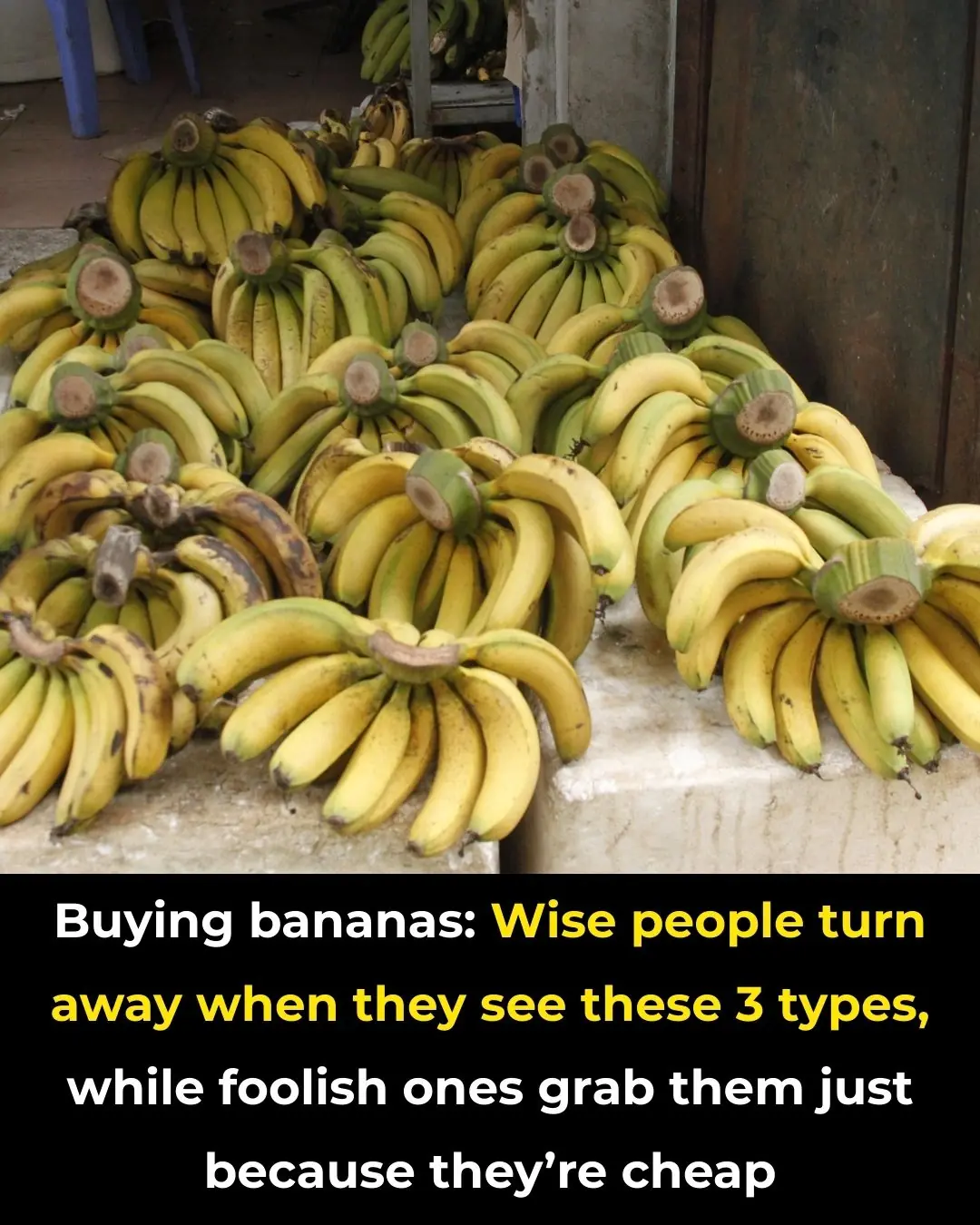
Buying bananas: Wise people turn away when they see these 3 types, while foolish ones grab them just because they’re cheap

Don’t soak frozen meat in plain water. According to chefs, there’s a way to defrost it in just 5 minutes while keeping it delicious.

Water heaters have a hidden 'switch.' Any household that knows how to open it can use it for 10 years without worrying about damage or high electricity bills
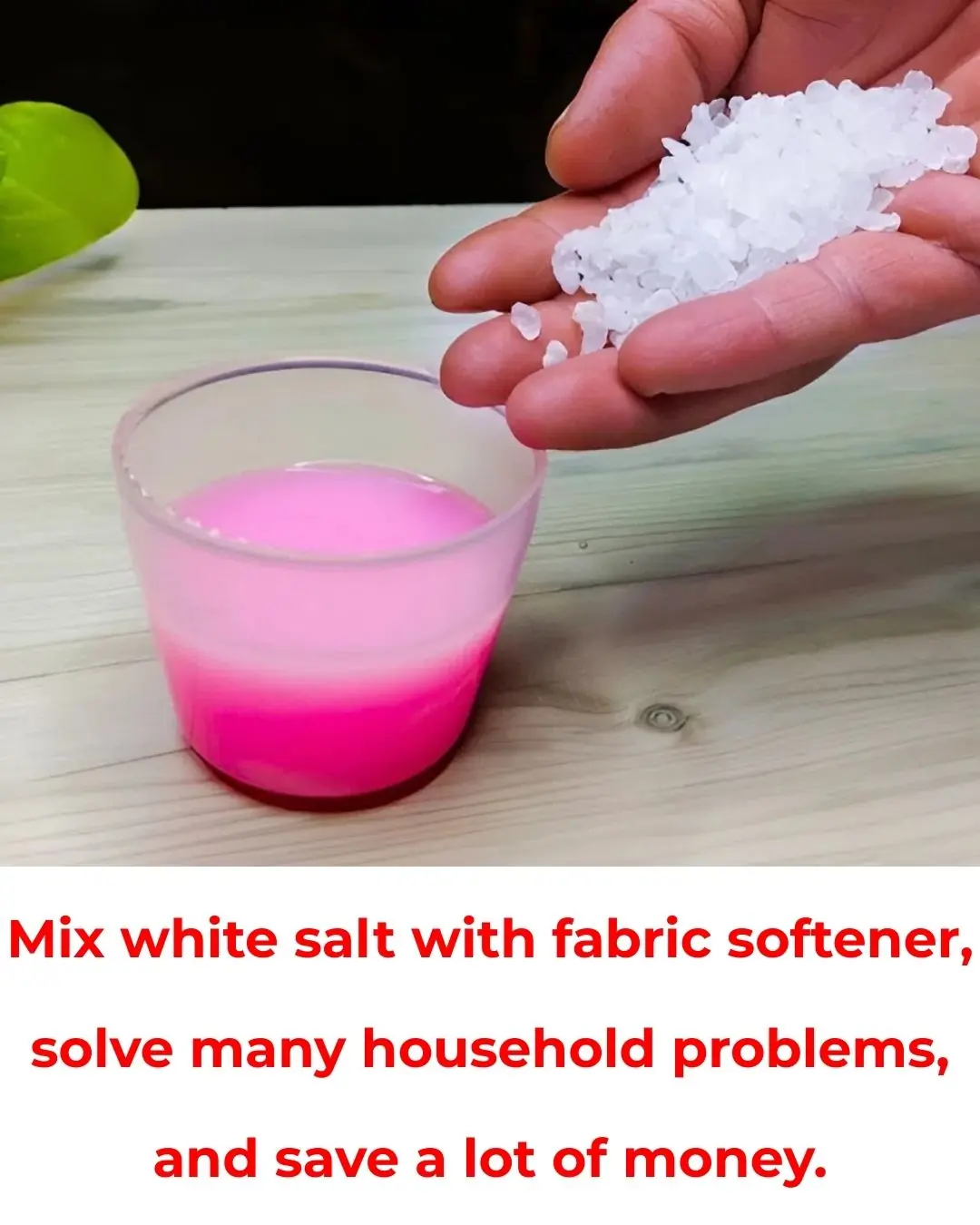
Mix white salt with fabric softener, solve many household problems, and save a lot of money.

Apply this on a knife, and no matter how dull it is, it will become razor-sharp and shiny, without needing a whetstone.

Inside the washing machine, there’s a ‘small box’ with an incredibly powerful function: Not knowing how to use it is such a waste.

Why Some Women Lose Their Desire: 4 Avenues to Explore

Why should you keep some money behind your phone case?

If You Have Colon Polyps, These 4 Signs While Using the Toilet May Appear – See a Doctor Before It’s Too Late

From age 65, how often should you shower (and why over-washing can be harmful to your health)
